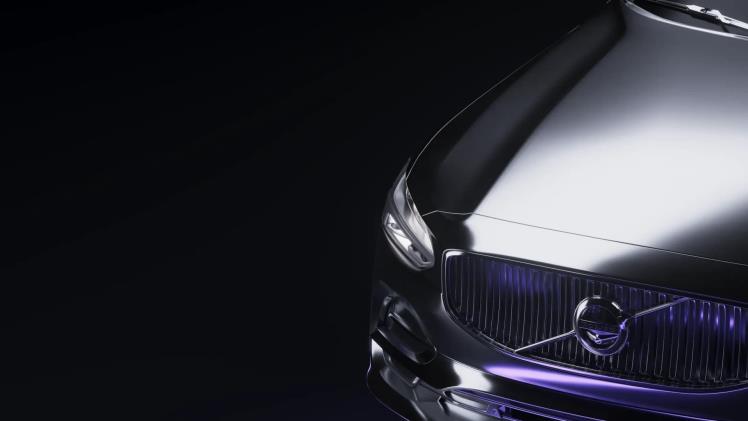
Chicago’s mix of road salt, construction grit, and unpredictable weather can dull paint fast. Here’s a simple plan to protection finish, glass, and interior while keeping maintenance easy—without wasting time bouncing between shops.
Weeks 1–2 — Build a clean baseline
- Decontamination wash and interior refresh: remove transport film, iron fallout, and dust before any protection is applied. If you’re unsure what level you need, explore our detailing packages and pick a baseline decon with interior tidy-up.
- Paint assessment: note soft paints, swirls, or dealer-installed marks; decide if spot correction is needed.
- Quick wins: apply a temporary topper or sealant if you’re waiting on PPF or ceramic.
Weeks 2–4 — Decide PPF vs. Ceramic (or both)
- PPF for impact zones: bumpers, hood front, fenders, mirror caps, rocker panels, trunk ledge. Choose matte or gloss to match your look. Ideal if you do a lot of highway miles or winter commuting.
- Ceramic coating for overall ease: boosts gloss, hydrophobics, and UV resistance, making washes quicker. Great for city driving and garage-kept cars.
- Combo strategy: PPF on high‑impact panels + ceramic on remaining panels and over the film for uniform gloss and easier cleaning.
Week 3–5 — Add comfort and clarity
- Window tint: improve cabin comfort and privacy; consider ceramic tint for better heat rejection without going too dark.
- Windshield and glass protection: hydrophobic glass coatings enhance wet‑weather visibility and reduce wiper chatter.
Wheels, tires, and underbody
- Brake‑dust prone wheels benefit from a wheel coating to make cleanup effortless.
- Rubber and plastics: UV‑stable dressings prevent browning and fading.
- Winter prep: undercarriage rinse cadence during salt season and periodic touchless washes to flush seams.
Interior preservation
- Fabric/alcantara protection to resist spills and dye transfer.
- Leather coating for abrasion resistance on bolsters and steering wheel.
- Cabin filter check, especially after pollen or construction seasons.
Maintenance cadence
- Wash: every 1–2 weeks; use pH‑neutral soap and proper mitts/towels.
- Decon: light chemical decon quarterly; mechanical claying only as needed.
- Inspection: monthly check of high‑impact areas, edges of film, and water behavior on coated surfaces.
Cost and timing tips
- PPF takes longer for complex bumpers/curves; budget extra time for curing.
- Ceramic requires paint prep; single‑stage correction may be enough on new cars.
- Bundling services minimizes downtime and duplicate prep steps.
FAQs
- Can I layer ceramic over PPF? Yes—common practice to improve gloss and maintenance on top of film.
- Do I need full‑body PPF? Not necessarily. Targeted coverage often delivers the best value for daily drivers.
- How soon after delivery should I protect the car? As soon as you can complete a decon and inspection; earlier protection = fewer chips and less correction later.